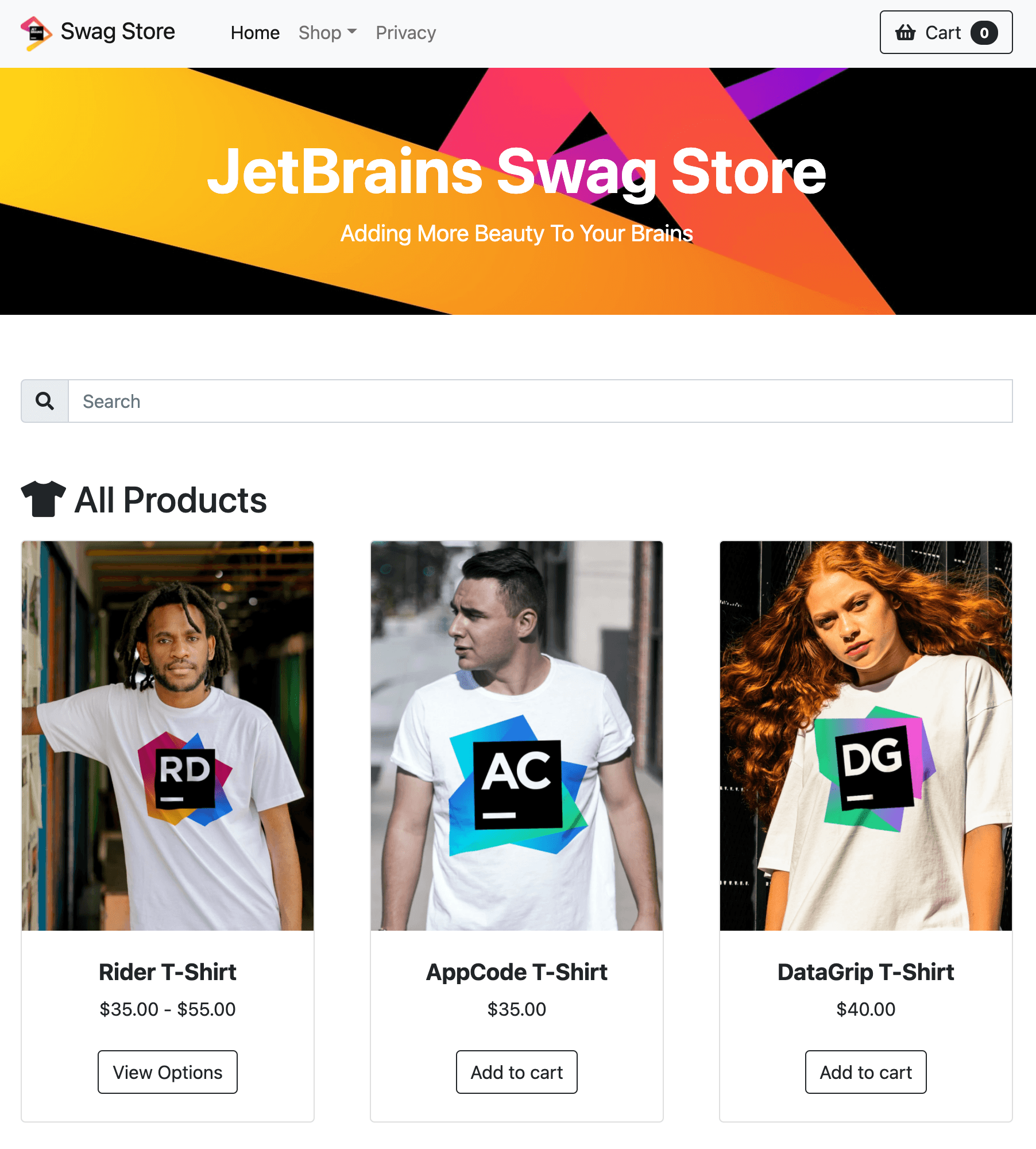Real-world shopping cart and conclusion
See all HTMX techniques come together
While we've gone through the mechanics of HTMX and some of its features, this series is by no means an exhaustive list. HTMX continues to be under active development and new features added with each new release. You can't learn everything, but That's what I like about HTMX, you don't have to. You can build unique experiences using a small subset of its capabilities. Unlike many other frontend approaches, you opt into the features you need, when you need them.
In this video, we'll explore a shopping cart sample I've created using the following HTMX and HTMX.NET features:
- HTTP method attributes
- Out of Band Swaps
- Targets
- HTMX.NET Tag Helpers
- HTMX.NET Request/Response helpers
- Triggers
- Hyperscript
We explained many of these features in previous sections, but now, they are present in a single user experience. See if you can spot the features as we walk through the sample. Also, feel free to explore the working JetSwag Store sample on GitHub.

Conclusion
Well, we've made it! As ASP.NET Core developers, we now have another option for building engaging client experiences without investing heavily into an unfamiliar build pipeline. Instead, enhance your UI at your rate and comfort level while also utilizing existing techniques you've learned building ASP.NET Core applications.
But, did we learn everything about HTMX that there is? We absolutely did not; there's so much more to explore and learn about when working with HTMX. I recommend skimming through the official HTMX documentation, Hyperscript documentation and joining the HTMX community Discord to talk to other developers on their HTMX journey.
Also, please reach out to me directly, @buhakmeh if you have questions or need advice about HTMX, HTMX.NET, and ASP.NET Core.
